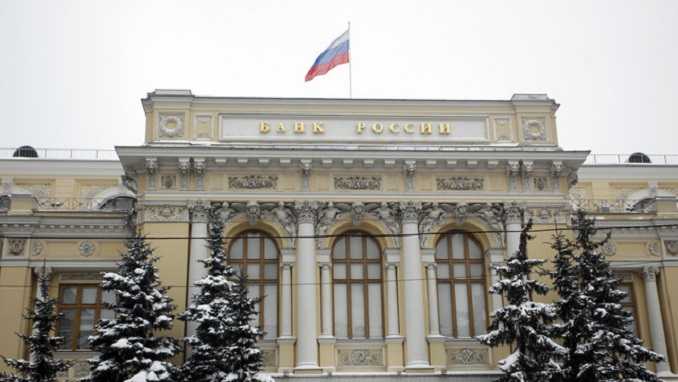The Bank of Russia lowered the key rate by one step, to 6.25% per annum, and announced its readiness to reduce it further in the first half of 2020. Although the Central Bank’s application form has not changed, its design has changed: the regulator acknowledged that the inflation path is below normal, Kommersant reported.
And although the head of the Central Bank, Elvira Nabiullina, stated that low inflation does not threaten Russia, the regulator is ready to further reduce the rate so that inflation will rise to 4% per annum by the beginning of 2021. In fact, 2020 is recognized as the year of equilibrium: the main task of the Central Bank for this period is not to deviate from the neutrality of monetary policy.
The Board of Directors of the Bank of Russia decided to reduce the key rate of the Central Bank from 6.5% to 6.25%. Due to the opportunistically successful decision of the Central Bank to change the schedule of key meetings of the board of directors (macro forecasts are being revised), the current meeting also had this status – the forecast of the Central Bank was revised, and its correction is possible at the next meeting in February.
In the new forecast, the regulator agreed that according to the results of 2019, the consumer price index will be 2.9–3.2%, allow zero gross capital accumulation (the upper limit of the range is 1%) and export decline by 1.3–1. 8%.
Statements by the head of the Central Bank Elvira Nabiullina and the press release following the meeting of the council practically did not contain new formulations – they have been repeated with slight variations since the summer.
However, under the changed conditions, the same signals to the market are already directed to a new, by December, finally formed design, which, judging by the statements of the Bank of Russia, it intends to adhere to for a long time. It can be formulated in a first approximation as follows. Since the fall of 2019, the Central Bank has been implementing a neutral monetary policy (MCP), focusing on the fact that the range of neutrality of the key rate remains 6-7% per annum.
In autumn, inflation went below the trajectory on which the DCT ensures its stay near the level of 4% in annual terms. In principle, the regulator is more likely confident that five cuts in the key rate in 2019 – by 1.5 points – are enough for inflation to do so in the future. An additional reduction in the rate in December bears no risks – just as it would not be risky with the same introductory rate, another reduction: at a level of 6% or even slightly lower than DCT, it will remain essentially neutral anyway.
The Bank of Russia practically insists on the invariability of certain details of the forecast.
The de facto main explanation for why the rate was reduced in December 2019 is: the balance of inflation and disinflation factors shifted in favor of disinflation, the Central Bank decided to restore the status quo. Whether the rate will be reduced in February 2020 (wording, confirmed by Elvira Nabiullina, admits such a decision) or later, depends on what will happen next to inflation indices.
And only with them: this year the Bank of Russia estimates GDP growth as being rather located on the upper boundary of the forecast range (0.8–1.3%), there are symptoms of some recovery in domestic demand (for example, the head of the Central Bank suggested that in this capacity consider an increase in the growth rate of prices for paid unregulated services up to 3.9% year-on-year), economic growth next year will be higher – 1.5–2%.
It should be noted that Elvira Nabiullina, in response to media questions, uttered perhaps one of the most important ideologues for the Central Bank for next year. According to the Central Bank, low inflation is not a threat to the Russian economy, it has many positive effects (including an increase in real disposable expenditures of the population), but the Central Bank considers the inflation rate at 4% per annum to be optimal – this long-term goal does not change. In practice, this, among other things, means that the level of loan interest rates at the beginning of 2020 by the Bank of Russia is recognized in advance as close to optimal – only banking competition should reduce it, but not DCP.












